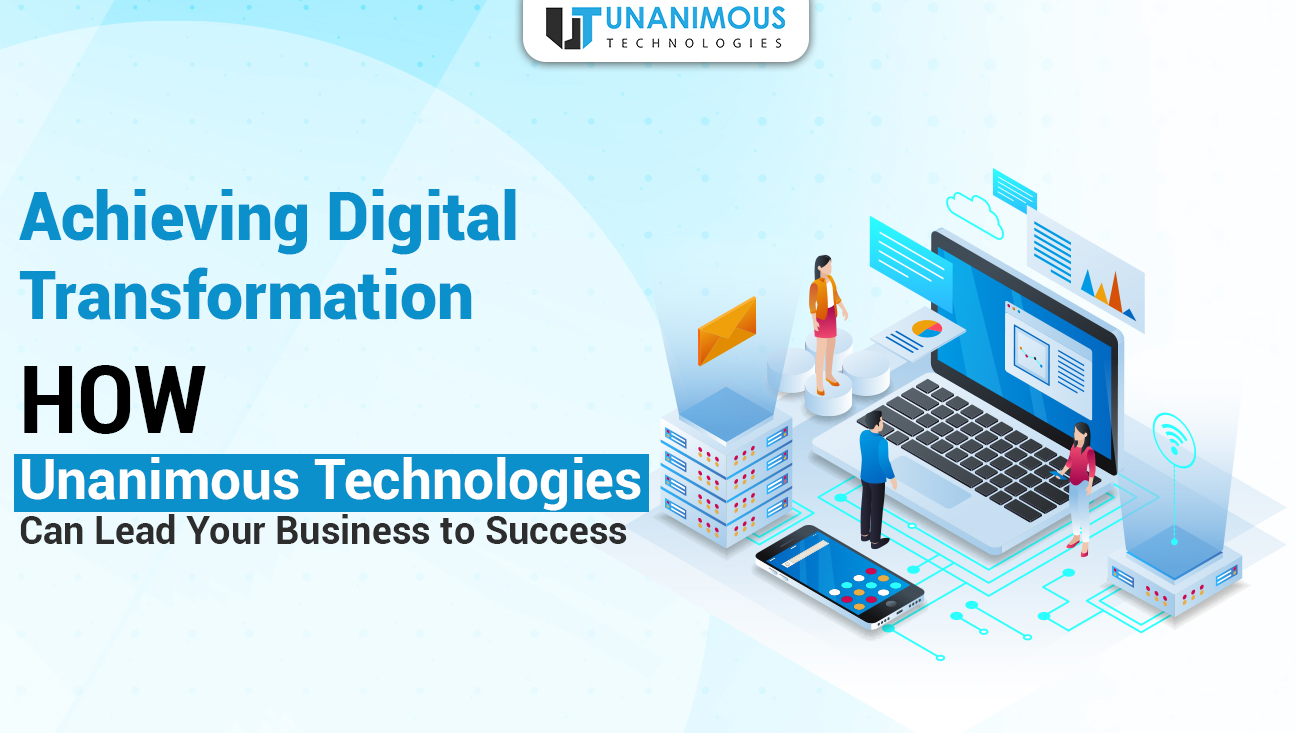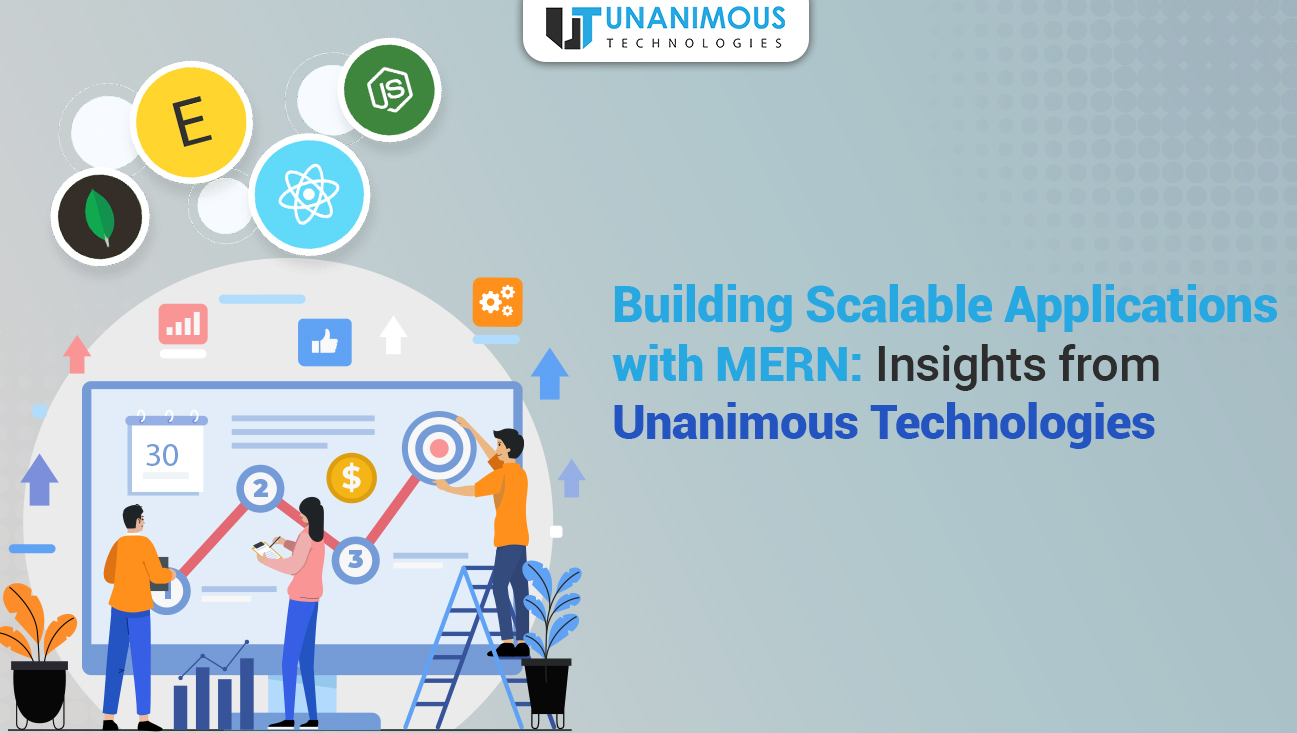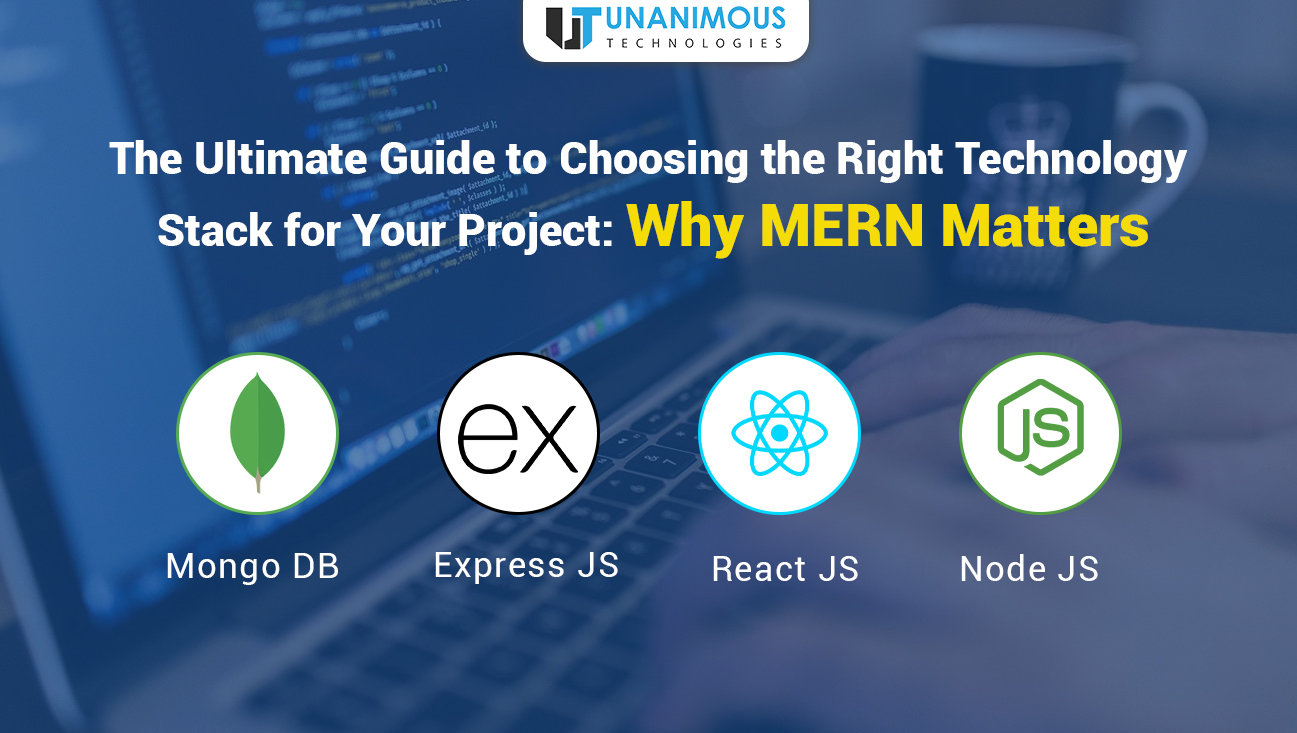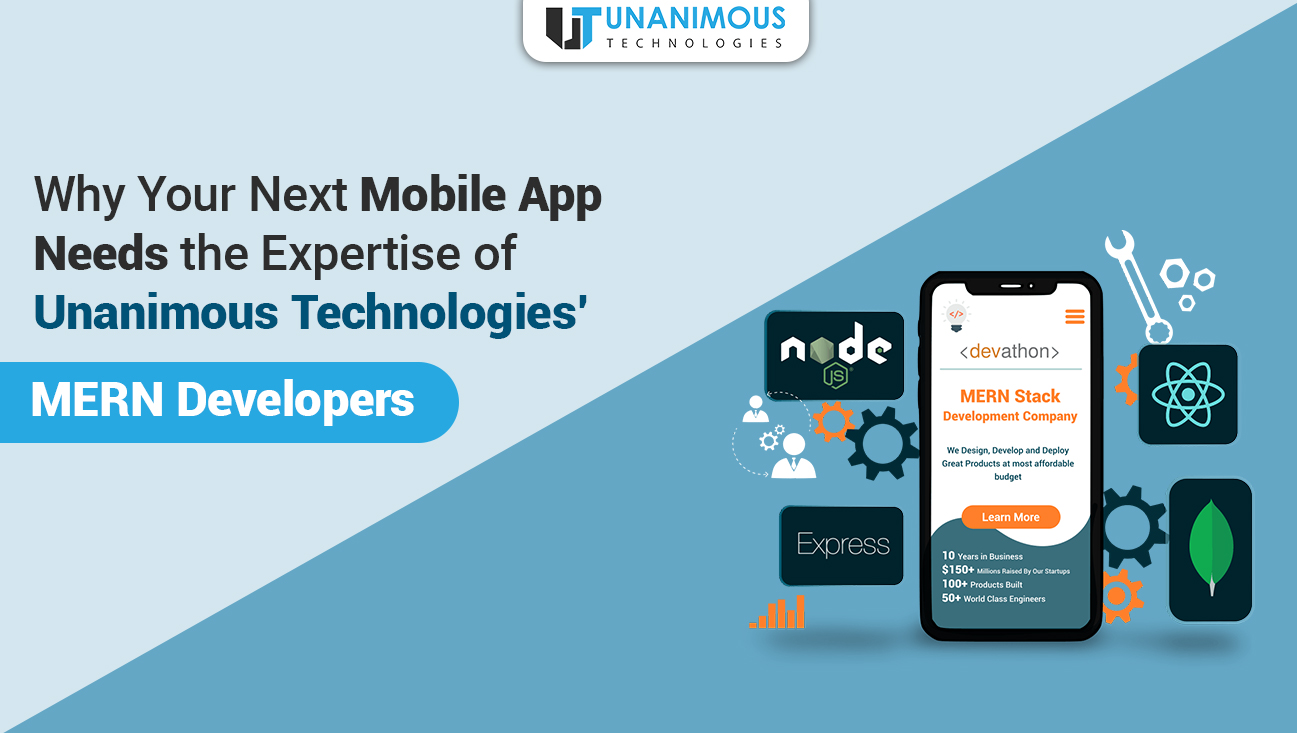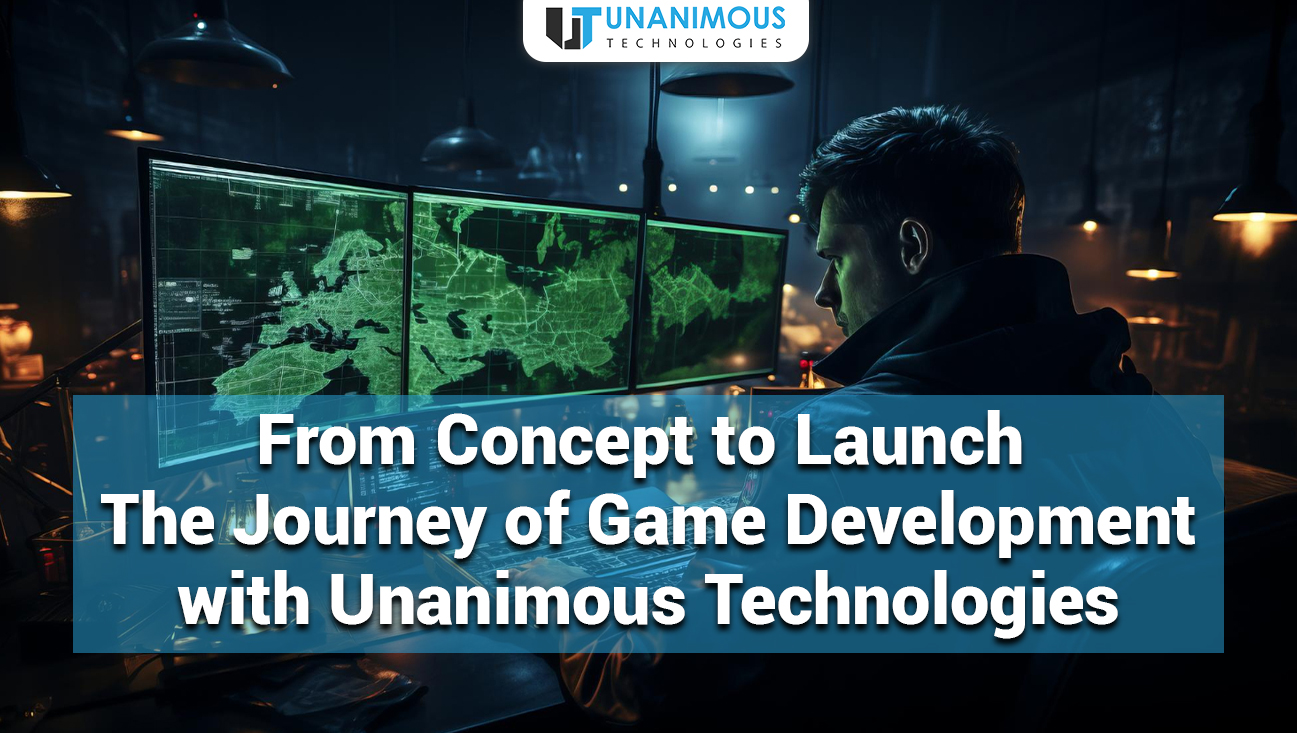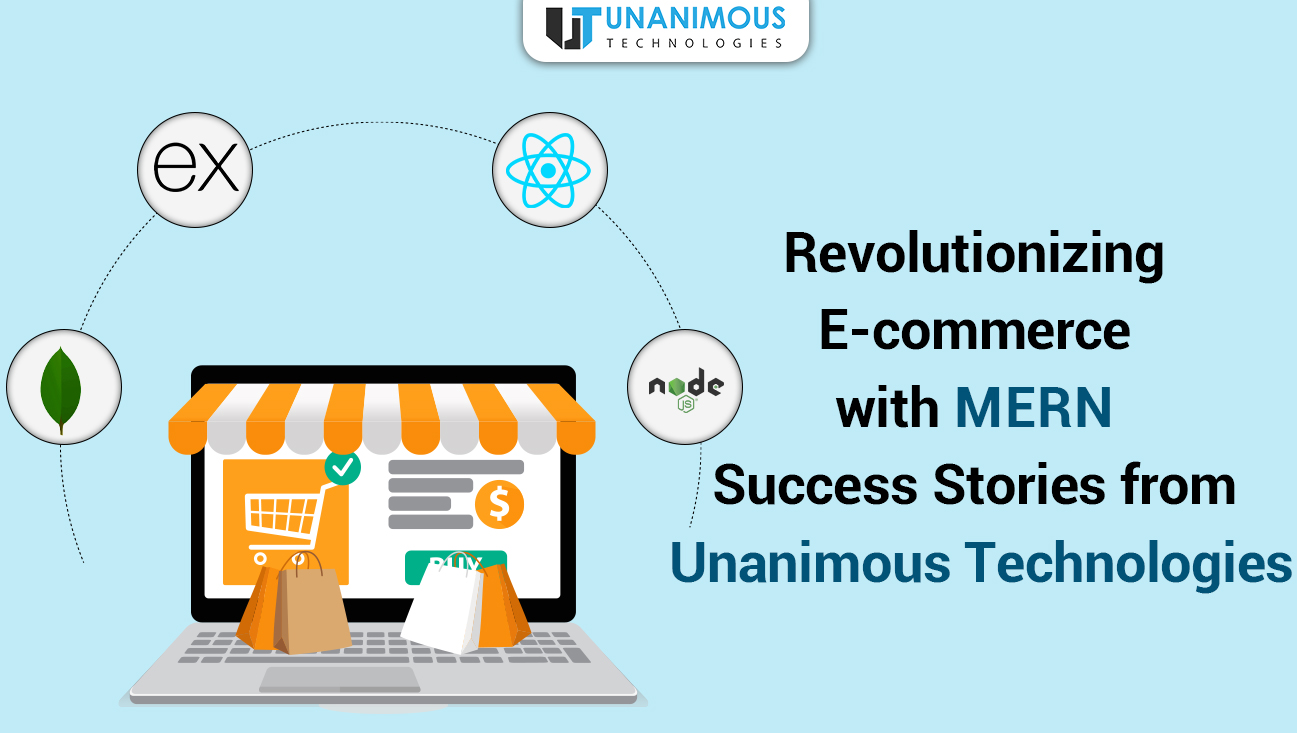As of July 13th, Pokemon GO is the vast mobile game in record. Given the fact that everybody (I mean that in the literal sense) is playing it and that it’s been plastered across every newspaper and news channel in some form, it’s world-beating success will probably come as no surprise. The only difference is that now we have the data to back it up.

It has been both unique and unexpected the meteoric boost of Pokemon GO to glory and success . It shot to the top of the app store in 24 hours and easily outpaced Clash Royale as the biggest game of 2016. Within a few days it had more users than Tinder. The share price of Nintendo went through the roof and, as you can see from the graph below, as of 11th July, it was well on its way to outdoing Snapchat and Google Maps!
With the basic clause out of the way, in this article we’re going to take a look at some of the monetization methods that Pokemon GO is using to fuel millions of dollars in profit every day. To have an outstanding app of the same calibre as Pokemon GO, there’s still a lot you can learn about monetization from it.
Let’s dive in…

Just what is Pokemon GO?
If you’re like 90% of the world, you probably won’t feel a need to read this section … due to the fact that you’ve been building up practical experience for the last two weeks! It is worth, however, just taking a few moments to dig deeper into some of the specifics of the gameplay, whether you’re a hardcore fan or not.
The other main in-game locations are Pokestops. These are the places that you can use to get free items. You can pick up Pokeballs, medicines, eggs and snacks for your Pokemon.
On a basic level, PokemonGO involves moving around in the real world using an in-game map. You’re forewarn to the presence of nearby Pokemon when you reach close enough, which you can see through your phone’s camera viewer. By throwing a Pokeball you can then attempt to catch any Pokemon . If fruitful, it will be added to your Pokedex, a catalogue of all the Pokemon in your collection.
Pokemon Gyms are semi-permanent area where you can train and fight with all the Pokemon that you’ve captured. To win Pokecoins, the in-game currency one can clash with other players, which can be recovered for useful items in the Pokestore.
A quick look at the stats
Wes have statistics of all kinds so let’s have a quick look at some of the main facts and figures that highlight the game’s success. You can see an exotic comparative breakdown of Pokemon GO’s standing on AppInstitute’s website. There are some of the key stats available that will give you an idea of what the current picture looks like:
Nintendo’s value rose by $23 billion in the first week after Pokemon Go’s initial release. This was the biggest jump for the company since 1980. After Nintendo disclosed that it only owned a small share in partner company Niantic, the share price decline, but it still remains at an all-time high.
US downloads peaked on the day of its release (July 7th) with the number at 6 million. 14th July was the leading day in terms of usage, with over 25 million people clocking in. That’s equivalent to the entire population of Mozambique!
After discovering that it was located on a Pokestop, the managers of one cafe (Maxwell’s Bar and Grill in Covent Garden, London) saw an increase in sales of 26%. The management has also been making use of “lures” (more on those in a moment) to draw more customers in. One New York cafe has even reported an increase in sales of 75%.
● Nick Johnson was the first person to hook all Pokemon with at least one confirmed sighting in North America. He’s now off an international trip to fill his Pokedex with non-native specimens.
● As of July 11th, Pokemon GO was summing around $1.6 million in daily revenue from the iOS store alone.
In-app purchases
Pokemon GO is applying a two-angled business model to achieve revenue, capitalizing on both a huge user base and businesses that can take advantage of drifting players. We’ll look at the business side of things in a stage. The player-side of Niantic Lab’s monetization model is somewhat traditional in its approach. Players are able to speed up and enhance gameplay by making in-app purchases through the Pokemon GO store.

What’s interesting and unique is how in-app purchases are bound in with the gameplay and the effort-reward cycle. Players are given a reasonable amount of starter items, in addition to storage, pokeballs, eggs and so on. The key vision here is that to progress with the game at later stages, when investment is already high, players need to buy extra storage or “bag space”. These are low-cost assets that ensure all “serious” players, even if they’re not eager to buy unnecessary items, are monetized in some way.
The second point worth specifying is that Pokemon GO isn’t shy about giving out lots of freebies. In many ways the monetization model is a gentle one. Along with a host of other collectibles you can pick up Pokeballs from Pokestops and also acquire a range of free items whenever there is level up. The quality of the items boosts as you headway through higher levels, so there’s a strong incentive to keep playing (thus increasing investment) to access these rare items.
Pokeballs— The main tool that are used to catch Pokemon are Pokeballs. Players are given fifty Pokeballs at the start of the game and are then able to acquire more either by interacting with Pokestops, levelling up or buying them in batches of 20, 100 or 200 from the Pokestore.
Incense– Incense is used to attract more Pokemon to your current location. It will either draw Pokemon to you if you’re stationary or increase the rate at which you come across them in the wild. Again, a new player receives a certain amount of incense at the beginning of the game. They can be acquired from the Pokestore in batches of 1, 8 or 25.
Egg incubator– Egg incubators are used to hatch Pokemon eggs that can be found in the wild. When an egg is kept in an incubator, a player has to travel a certain distance before it hatches. Whilst the player has a permanent egg incubator that is given at the beginning of the game (it allows for one egg), the incubators that can be bought from the store “break” after three uses. This deviation on a permanent item is a great way of adding an extra layer of monetization.

Lucky eggs– To double experience gain for a period of thirty minutes Lucky eggs are consumed. They can be bought in batches of 1, 8 and 25.
Bag upgrade– Initially your bag can hold 350 items (for free). If you want to be able to store more then you need to upgrade.
Pokemon storage—At the beginning your Pokemon storage can hold up to 250 different Pokemon. Each storage upgrade allows for an extra 50.
The actual list of items available through the “Pokestore” is also defined. This is interesting in the sense that there’s little chance that players will be overwhelmed with the range and number of items on offer.
Targeting businesses with lures
The way that Pokemon Go is focusing businesses is very clever. To attract Pokemon to them players can personally use “incense” along with them, there’s also the option to purchase a “lure module” available in Pokestore. Incense which only brings out more Pokemon for the player especially, lure modules can be attached to a particular Pokestop and will attract Pokemon for all the players that are interacting with it. That particular Pokestop is publicized to all nearby players.
You can see from the map below that a Pokestop on which a lure module has been used is surrounded by pink “glitter”.
The cause this works so well for businesses is because certain cafes and stores are also Pokestops. By purchasing lure modules, the managers and owners of these stores can attract a stream of new people. As you can see from the stats cited above, doing so can often lead to a vast growth in sales!
The key outcome here isn’t to offer a real-world location-specific element to your game. Rather it’s to determine if there are any ways of including elements in your game that can include businesses. Might you be able to set up routine gaming events in well-chosen locations If you have a large user-base in a particular city.
A quick word about Pokemon plus
Even though it’s still early days, Niantic has also disclosed a foray into physical products. Their wearable Pokemon Plus “badge” will allow players to be alerted to nearby Pokemon without having the app open on their phone. Many apps have realised the profit of offering physical branded products.

Conclusion– What can you learn for your apps
Let’s wrap up with a few practical pointers. There’s a lot of argument about whether or not the monetization models underpinning PokemonGO are replicable. It’s an entirely exclusive game and relies on a type of augmented reality gameplay that few developers can resemble.
That said, I think there are a few key pointers that should be kept in mind:
Keep things simple– The Pokestore offerings are nothing if not simple, and the range of digital goods on offer is small.
Provide lots of freebies to increase investment– This is key to building up a relationship with users.
Have a “real word” component– T-shirts and branded toys all work well.
Notice the three-tiered structure of goods– It seems to work very well when having three price points.
So, there you have it, our look at PokemonGO’s monetization techniques.

